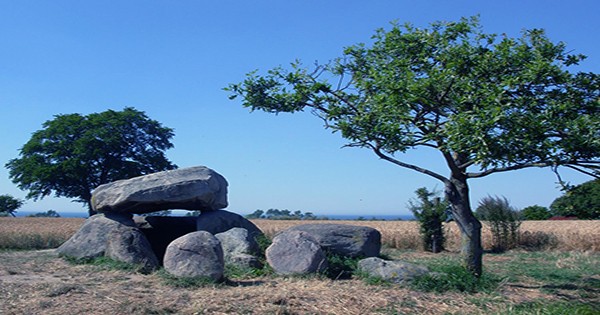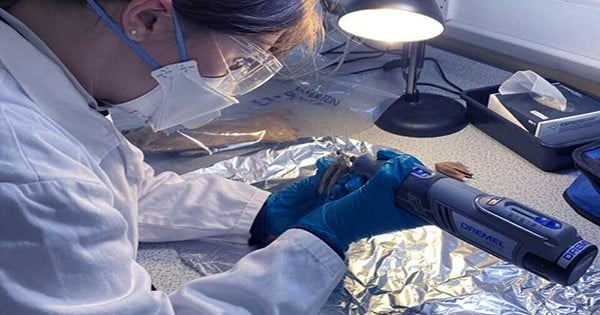Archaeological research of a near-unique animal graveyard uncovered in London nearly 30 years ago revealed the global extent of horse commerce by late medieval and Tudor England’s aristocracy.
Researchers used modern archaeological science techniques, such as chemical composition analysis, to determine the likely origins of many physically outstanding horses and the paths they took to reach British coasts during their formative years.
These creatures, similar to modern supercars, were acquired from various regions around Europe expressly for their height and strength, then imported for use in jousting contests and as status symbols in 14th- to 16th-century society. They contain three of the tallest animals known from late medieval England, standing up to 1.6 meters or 15.3 hands tall, which, while modest by modern standards, would have been highly impressive in their time.

The horses’ skeletons were discovered at a site under modern-day Elverton Street in the City of Westminster, which was excavated in preparation for building work in the 1990s. In medieval times, the cemetery would have been outside the walled City of London but near the royal palace complex at Westminster.
The study, headed by the University of Exeter, was published in Science Advances.
“The chemical signatures we measured in the horse’s teeth are highly distinctive and very different from anything we would expect to see in a horse that grew up in the UK,” stated Dr. Alex Pryor, Senior Lecturer in Archaeology and principal researcher.
“These findings give direct and unparalleled evidence for a wide range of horse movement and trading behaviors during the Middle Ages. Representatives for the King and other medieval London nobles scoured horse trading marketplaces around Europe for the greatest quality horses and brought them to London. The horses were probably ridden in the jousting events that were place at Westminster, near where the horses were buried.”
In the first experiment of its kind on medieval horse remains, researchers extracted 22 molar teeth from 15 different animals and drilled out sections of the enamel for isotope analysis.
The team was able to identify the potential origin of each horse by measuring isotope ratios of the elements strontium, oxygen, and carbon present in the teeth and comparing the results to known ranges in different geographies, including prime European horse-breeding centers such as Spain and southern Italy.
According to Dr. Pryor, at least half of the horses had different international origins, possibly from Scandinavia, the Alps, and other northern and eastern European locales. The researchers conclude that the findings were consistent with the breeding habits of royal stud farms, where horses would spend their second or third year before being broken and trained or sold elsewhere.
Physical examination of the teeth indicated wear indicative of heavy usage of a curb bit, which was commonly used with elite animals, particularly those trained for war and tournaments after the 14th century.
Bit wear on two of the mares indicated that they were ridden, harnessed, and bred. Analysis of the bones found that several of them were significantly larger than typical, with multiple cases of fused lower thoracic and lumbar vertebrae indicating a life of riding and hard work.
“The finest medieval horses were like modern supercars—inordinately expensive and finely tuned vehicles that proclaimed their owner’s status,” said Professor Oliver Creighton, a medieval specialist at the University of Exeter and member of the research team.
“And at Elverton Street, our research team appears to have discovered traces of horses used in jousting—the sport of kings in which riders demonstrated their fighting prowess and horsemanship on exceptional animals.
“The latest discoveries provide a visible archeological hallmark for this trade, demonstrating its global reach. It seems clear that the medieval London nobility deliberately sought for the best horses available on a European scale.”













